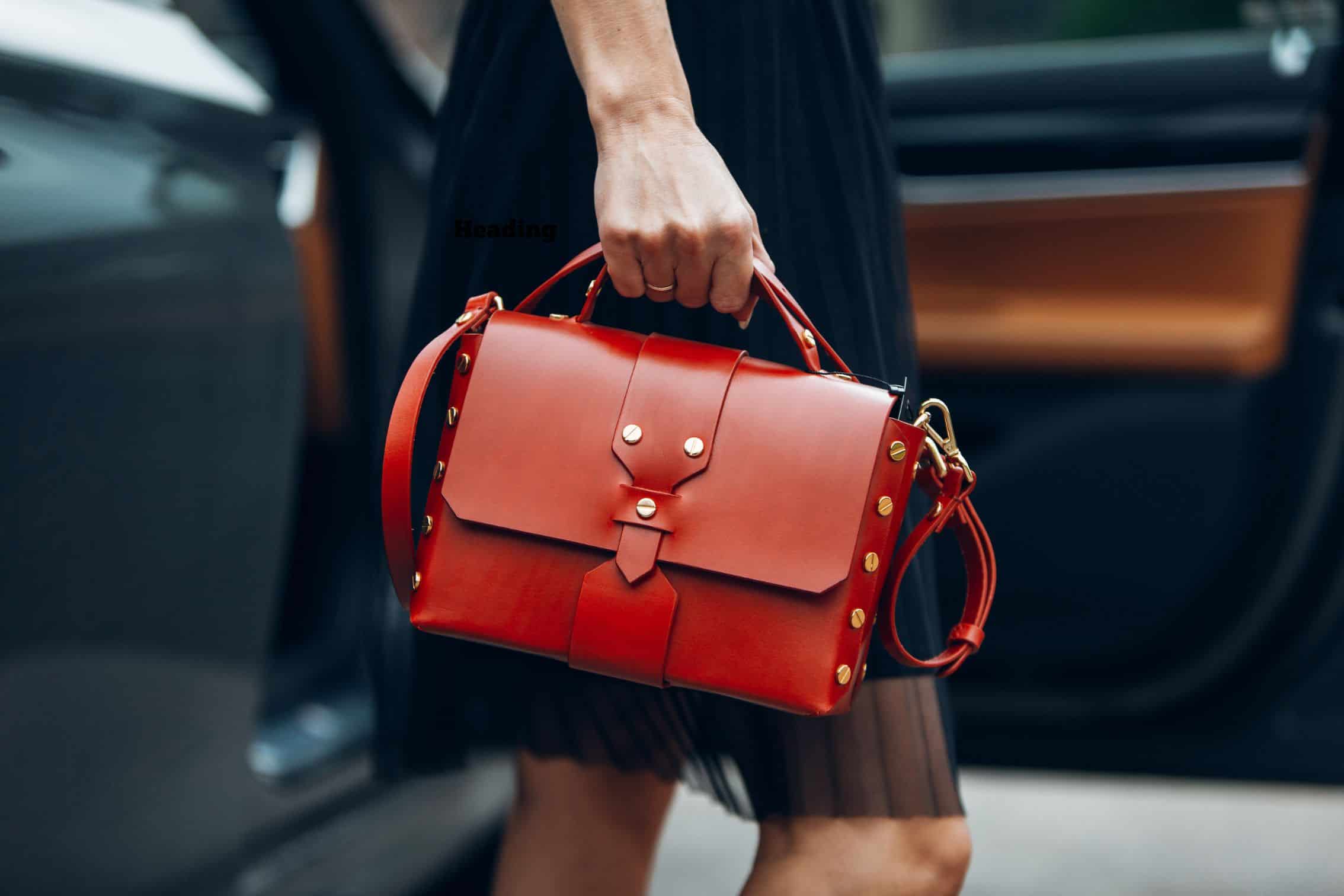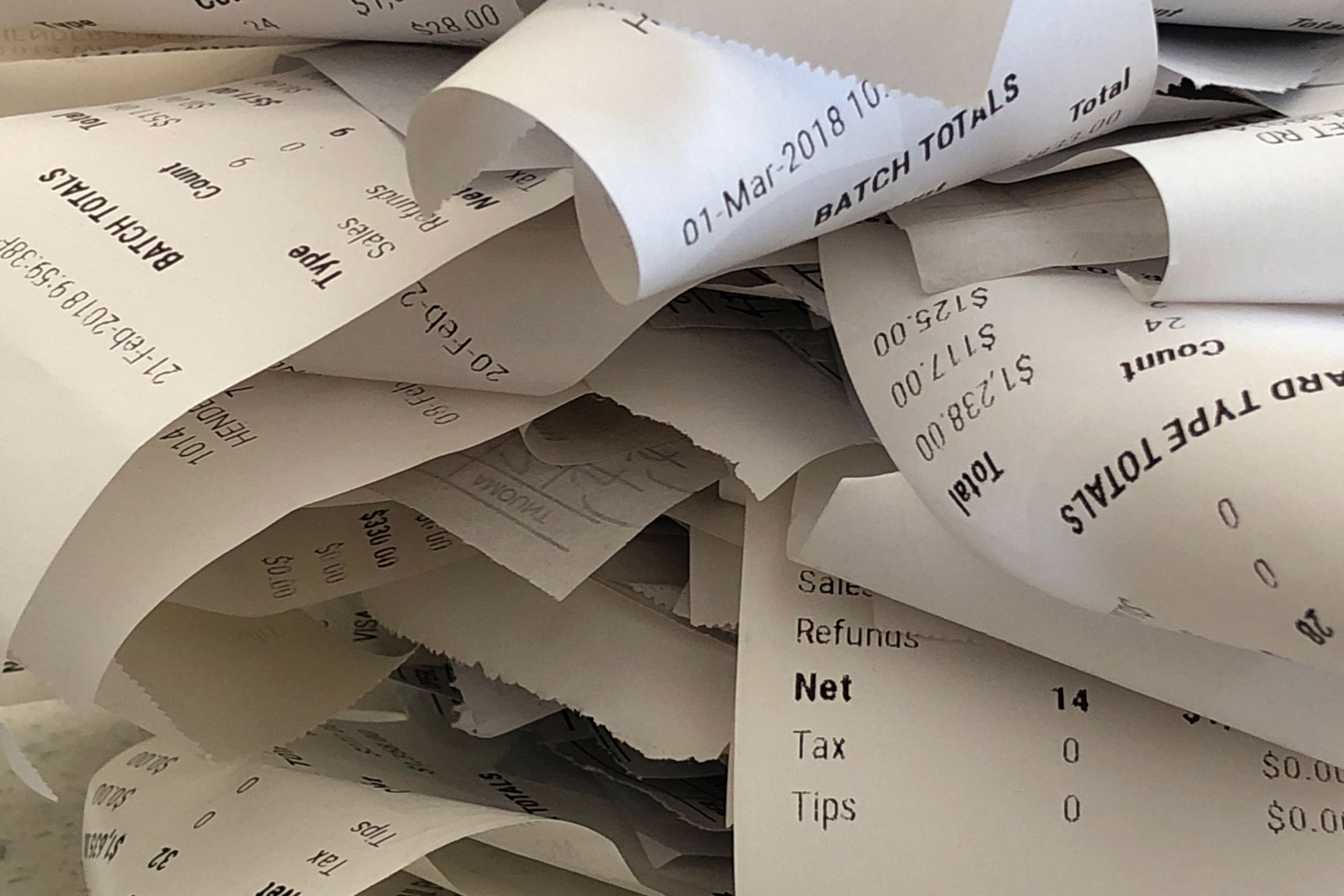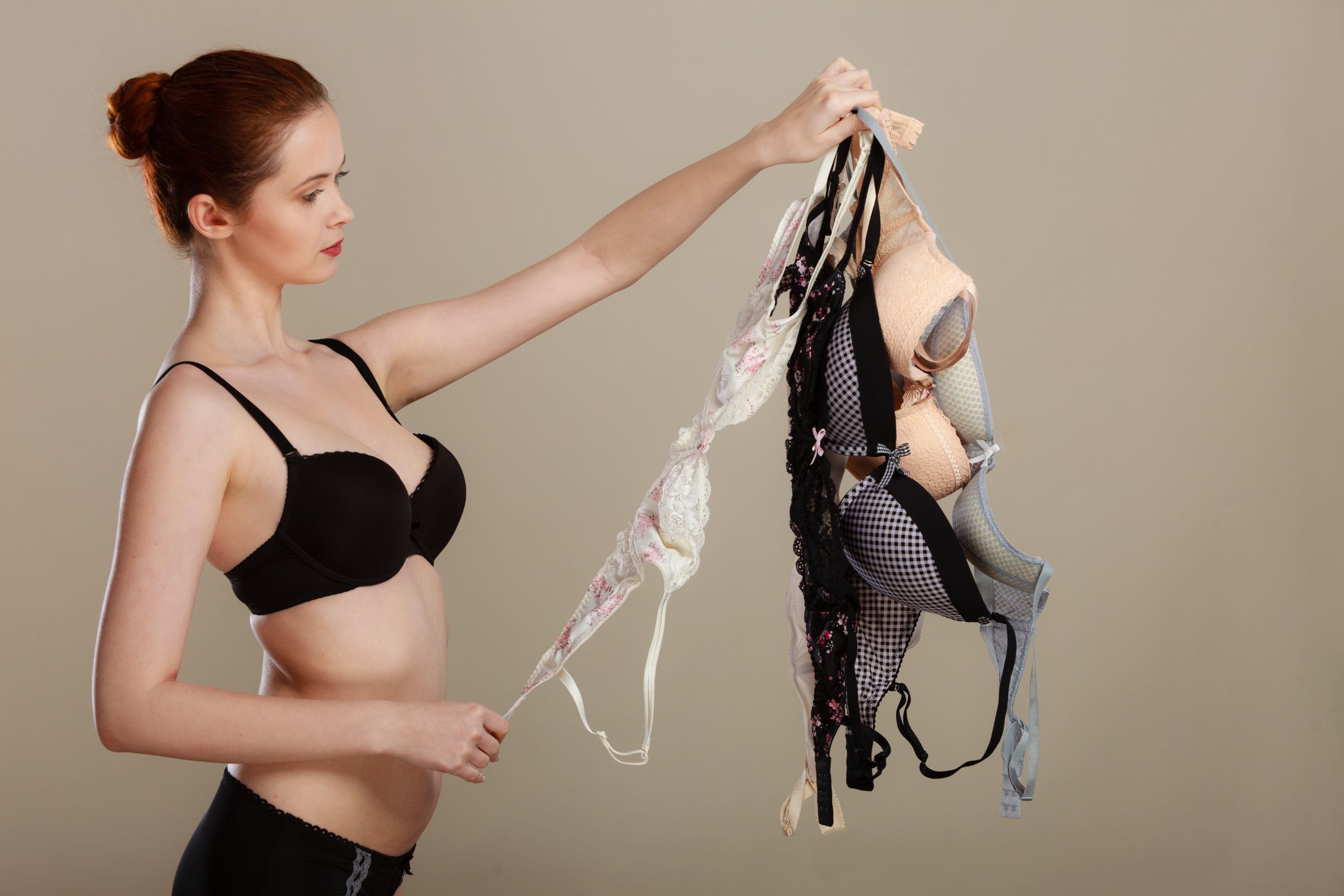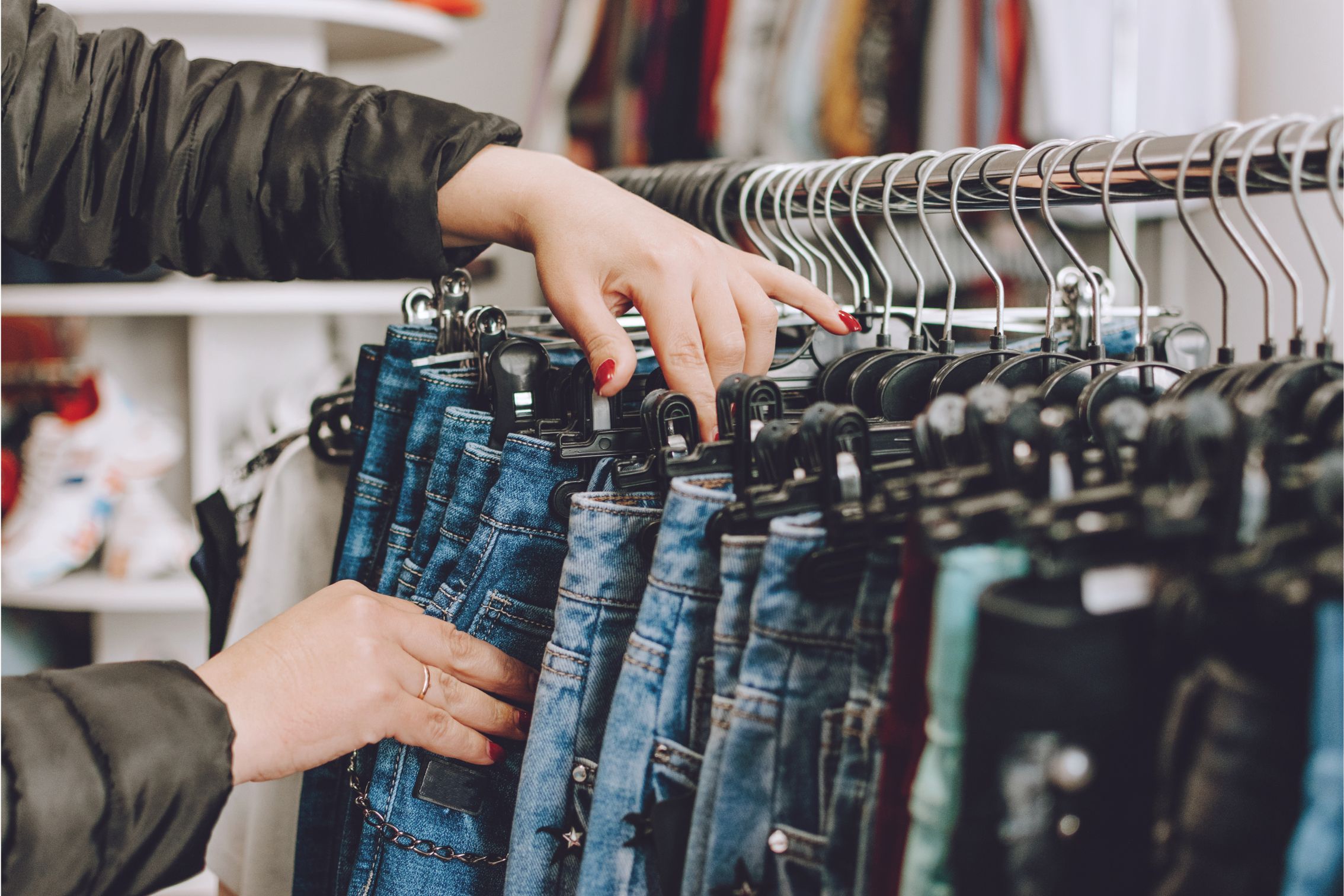Recycling Clothes in Australia
– All Your Options Covered!
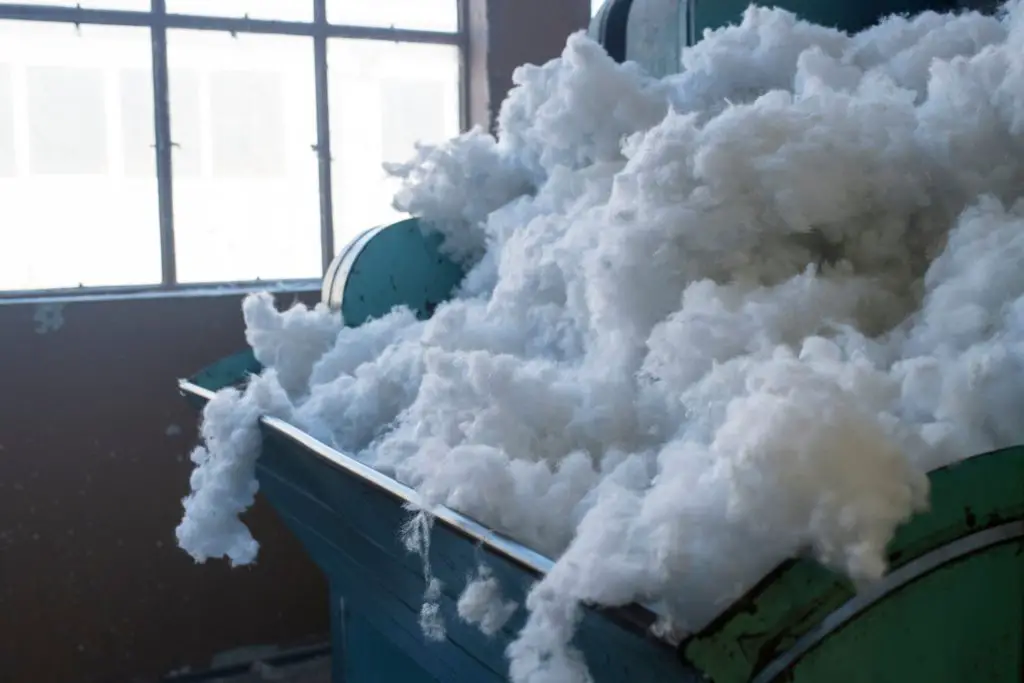
This post was last updated in 2024
Hello there my eco-conscious warriors 😊
So if you’ve gone through your closet and discovered some (or maybe more than some!) clothes that are damaged beyond repair and they cannot be upcycled or reused in any kind of way, then recycling is your next best option.
I’ve looked into all the clothes recycling options available to us in Australia and I’m here to share what I have found.
If you have old clothes that you want recycled, don’t throw them into a clothing recycling bin. Consider textile sorting facilities like Upparel, Rcycl and After or take-back schemes offered by some retailers. They will sort through your items and send them to textile recyclers if appropriate.
Here is a list of all the sorting facilities and companies that offer take-back schemes in Australia:
Now what about the clothing recycling bins? Like the ones provided by various charities, King Cotton and the SCR group?
I provide my thoughts on these below, but in short, there is no guarantee that clothing placed in these bins is recycled or put to good use.
I recommend you send your clothing to one of the textile sorting facilities or retail options listed above.
These options have been (roughly) listed from best to worst, so the last two I would use as a last resort! But I didn’t want to leave them off the list as taking your used clothes to H&M or Zara may be the easiest option for you.
In general, these organisations will accept clothing in any condition – ripped, torn, stained etc. However, in ALL CASES the clothing needs to be WASHED – these items are sorted by hand, so do not send through unwashed clothing.
Lastly, I have a separate blog post addressing specific questions about recycling old clothese like jeans, pants, socks and underwear. If you have questions about these items check out this post: Can You Recycle Old Clothes? Common Questions Answered!
Now that’s covered, if you want to know where to recycle unwearable clothing keep reading…
1. Upparel
What do they accept: All clothing and accessories except underwear, wired bras and bags (if you take wires out of your bras they will accept it).
Location: drop off at Australia Post, book a courier pick up from your home or you can drop it off at certain Kathmandu, Universal Store, Macpac and Dejuba stores.
Cost: $35 for 10kg, which can be redeemed for a store voucher with certain retail partners. Find the retail partners listed here.
Once you find out the partner you are interested in, you may need to google “upparel (name of partner store)” to find the actual page where you can book a pick-up. Annoying but it seems to be the easiest way to get the store voucher if this is an option you want to take advantage of.
What happens: Upparel notes on their website that 65% of what they receive is still fit for wear. These are passed on to charities like Save The Children, Sacred Heart Mission, Ready Set Australia, St Kilda Mums and Good360 Australia. The remaining 35% are upcycled into new items or recycled into new materials. Upparel operates within Australia and does not send textiles overseas to be processed.
Concerns: It’s a silly one to mention but there is always a risk that charities picking up items for reuse do not deal with the clothes responsibly.
But looking into the charities they mention, they are not the ones that rely on overseas sales to fund their charitable activities (unlike The Salvation Army and Red Cross for example) so we can only trust that these charities do the right thing with the clothing they take.
2. Rcycl
What do they accept: All clothing except underwear, hats and swimwear
Locations: Drop off at a Sendle location
Cost: $19.95 for 10 garments, you order a bag first before going to one of the locations linked above. Click here to order:
What happens: The clothes are sent to a factory in India and repurposed into new yarn. The owner behind Rcycl has a long-standing relationship with the factory in India and has relevant contracts in place to ensure ethical practices.
It appears the resulting product is then shipped back to Australian manufacturers where they are used as yarn, felt and underlay among other products.
Concerns: RCYCL sends their garments offshore, noting on their website that they do this because “In Australia there is very limited options for recycling textiles”.
This is a fair point. And it should be noted that the processed material is tracked and does not end up in landfill – it ends back in Australia for reuse.
And they are keen to grow and use onshore recycling facilities once it becomes available.
3. After
What do they accept: All clothing (excluding socks and underwear) and bedding (including blankets and pillows).
Locations: Pick up at certain times for Melbourne residents
Cost: Tiered pricing based on weight, $35 for 10kg is one rate. You receive incentives for donating.
What happens: The material is shipped to Materials of India who reprocess the waste for use by Australian manufacturers. Very similar to RCYCL.
Concerns: This entity is a small start-up and therefore services Melbourne only and at limited times. Also like RCYCL, they ship their clothing overseas.
But in their favour, like RCYCL they ensure the processed materials end back in Australia to be used locally. It won’t end up in landfill, like clothing donations sent overseas for “reuse”.
4. Patagonia
What do they accept: All Patagonia clothing
Locations: In store
Cost: Free
What happens: If they can’t repair it, they will ensure it is recycled
Concerns: Their website does not have much information. You are relying on your trust in the brand and the ethos it stands by as assurance that your olf clothing will be properly recycled.
5. Underwear for Humanity
What do they accept: Underwear and bras from any brand, as long as you are a customer of their brand (when you purchase something from their store you get details on how to send the underwear back). Cut off any embellishments and remove wires from bras.
Locations: Post
Cost: Postage
What happens: They sort, sanitise and send the underwear off to a recycler for shredding. This is then processed to have a second life as carpet underlay or insulation.
Concerns: It is not clear where the product ends up, besides the general statement noted above, so it’s not clear how much is processed onshore or overseas. And it’s not clear what controls are in place to ensure the processed materials are used.
But based on the company’s general ethos and operations, all indications are that the underwear is processed in Australia and used for the purposes stated.
6. 2nd life project
What do they accept: Outdoor adventure clothing
Locations: Post or at their store in Bayswater Victoria (2nd Life is an initiative from the outdoor retail store Offtrack)
Cost: Postage
What happens: After assessing whether it can be reused or not, any clothing beyond use is taken apart “for some exciting plans we’ve got down the road.”
Concerns: Not clear what “exciting plans” actually means. It appears they are stockpiling items until a solution is in place.
The program they have created sounds genuine and well thought out, and while there are no recycling solutions in place, it does sound like something to keep your eye out for.
7. Uniqlo
What do they accept: All UNIQLO items are accepted for recycling.
Locations: In store https://map.uniqlo.com/au/en/
Cost: Free
What happens: This is a statement from their international page “We collect secondhand UNIQLO clothes in stores for reuse and deliver them to people in need worldwide in the form of emergency clothing aid for refugee camps and disaster areas together with the United Nations Refugee Agency (UNHCR), NGOs, and NPO. Clothing that cannot be reused is recycled as fuel or soundproofing material. Recently, we have been actively recycling clothes into clothes, starting with our down products.”
The Down Recycling Project converts collected Uniqlo clothes into new Uniqlo items, making them part of new products or 100 per cent recycled down jackets.
Concerns: Putting aside the concern that this is coming from a fast fashion brand and looking at the reuse and recycling plans in isolation – this is one of the better reuse and recycling programs out there when compared to H&M and Zara
It’s just a pity it is restricted to Uniqlo clothing only – but it is these restrictions that allow Uniqlo to act responsibly with the clothing they receive.
Regarding their reuse initiatives – the fact that they work closely with NGOs in the countries that receive donations is much better than organisations selling donated clothing overseas. They note on their website:
“To be of use, it is very important to ensure the donations meet local needs. Working with UNHCR, NPO and NGOs worldwide, we confirm necessary volumes, clothing types, and delivery routes, and ensure the right people are in the right place to conduct effective needs-appropriate clothing support initiatives.”
The fact that the down jackets are being recycled and made into new down jackets for resale is the definition of circular fashion, so that is so good to see.
The downside is, what is not turned into jackets is used as fuel or soundproofing material. Soundproofing material sounds fine enough. But turning clothes into fuel is basically burning clothes. While that is better than the clothes ending up in landfill, it’s not the best way to deal with clothes not fit for wear.
8. Recycle smart
What do they accept: All clothing except underwear, socks and swimwear. They collect bedding but not duvets.
Locations: This program is expanding fast and services various areas across Australia.
Cost: $15 for two bags or a monthly subscription option
What happens: Items still good to wear are sent to the Australian Red Cross while everything else goes to Upparel
Concerns: The Australian Red Cross is one organisation that does like to send clothing they can’t sell here to wholesalers overseas. And I have a whole piece on why that is not great.
But if Recycle Smart ensures only high-quality clothing is sent to Red Cross and everything else is sent to Upparel, then there is no real concern here.
Using Recycle Smart has an added advantage – you can throw various recyclable items in their collection bags as their service covers a range of products, not just clothes.
9. H&M
What do they accept: Any clothes or textiles, by any brand and in any condition.
Locations: At most stores
Cost: Free
What happens: The clothing is sent to a sorting facility run by Swiss company I:CO. According to H&M
“They empty the boxes and sort the contents into three categories:
Rewear: Wearable clothes are marketed as second-hand clothing.
Reuse: If the clothes or textiles are not suitable for rewear they’re turned into other products, such as remake collections or cleaning cloths.
Recycle: All other clothes and textiles are shredded into textile fibres and used to make for example insulation materials.”
Concerns: Firstly I don’t know if the clothes are sent solely to the I:CO sorting facilities.
The Australian Financial Review notes that the SCR group works with retailers like H&M to collect unwanted clothing. If that is the case, the majority of the clothing would be sold overseas, as this is where the majority of the clothing processed by the SCRgroup ends up. From there, it is unclear what happens to the clothes. It could end up in landfill.
If we take it to be true that all the clothes are sent to I:CO, it is still not clear what happens.
I:CO are silent on whether they sell the clothing or give it away. We also don’t know how much is reused and how much is recycled. There is very little information on I:CO’s website.
And of course, there is very little sign that H&M is working towards a circular model. They note the words “closing the loop” on their website but only a small fraction of the clothing they produce uses recycled fabrics. Much of their sustainable clothing line uses other source materials, not recycled textiles, which is a shame given they collect so much textile waste through their stores.
10. Zara
What do they accept: All clothing, fabrics and accessories. Any garments must be placed inside a well-sealed package.
Locations: At most stores
Cost: Free
What happens: Zara notes on their Australia website, clothes that are 100% cotton, wool or polyester “can be” recycled into new fabrics. The rest of the clothing will be turned into materials for the construction and automotive sectors.
When they receive items that can not be reused or recycled for reasons of hygiene, health and safety, they undergo a waste management procedure.
It notes on another page on their Australia website that:
“All the garments collected are delivered to the local organisations we collaborate with, which sort the garments according to their condition and quality in order to give them a second life: reuse or recycling. The garments are either donated to people at risk of exclusion, sold in second-hand stores to finance their social projects or recycled, generally with the option known as downcycling, consisting of transforming the garments into other products, such as blankets or seat padding.”
Concerns: It is not clear who their partner organisations are and where the clothes are sent. While they work with local charities, these charities are swamped with clothes themselves and rely on selling clothes overseas to deal with the excess and fund their activities. Once it is sold overseas, it can end up in a number of places, including landfill.
Also, like H&M there is very little sign that Zara is working towards a circular model in their manufacturing processes. They note they are working with MIT to ensure circularity however, it seems to be a work in progress. I could not find a clothing line that is produced based on the clothing they collect in their stores.
Clothing Recycling Bins
There are a few organisations that run clothing collection bins across Australia – from charities like Vinnies and Red Cross to commercial operators like King Cotton and SCR Group. They are often referred to as clothing recycling bins, although they are primarily for donations, not recycling.
But a search on “clothes recycling bins near me” will lead you to these clothing collection bins.
I had a look into these clothing bins, who operates them and where the clothes end up and this is what I found:
When it comes to the bins operated by charities such as the Salvation Army, Vinnies and the Red Cross, the clothing can end up:
- being sold in charity stores (16.5%)
- donated to those in need (0.5%)
- or sold overseas (33%)
And if the clothes are not suitable for wear they could end up:
- repurposed in Australia as rags or other products (36%)
- or thrown into landfill (14%)
So there is a portion of the clothing that is repurposed. Typically clothing beyond use is turned into rags, rather than being recycled into new clothing. But still, it does not ending up in landfill which is great.
And there is 11% ending up in landfill. But this is understandably given the fact that sometimes the clothing donated to charities is in such a bad state, it would not be hygienic to throw them into the reuse or recycling system.
My issue with these numbers is the 33% that end up overseas. These clothes are sold to wholesalers, who then sell them to second-hand retailers in the global south, flooding their clothing markets with our used products.
There are reports that a lot of this clothing is ending up in landfill, polluting waterways or being burned and polluting the air. What’s more, these clothes just kill local clothing markets.
You can read more about that in this blog post: What REALLY Happens to Donated Clothes in Australia
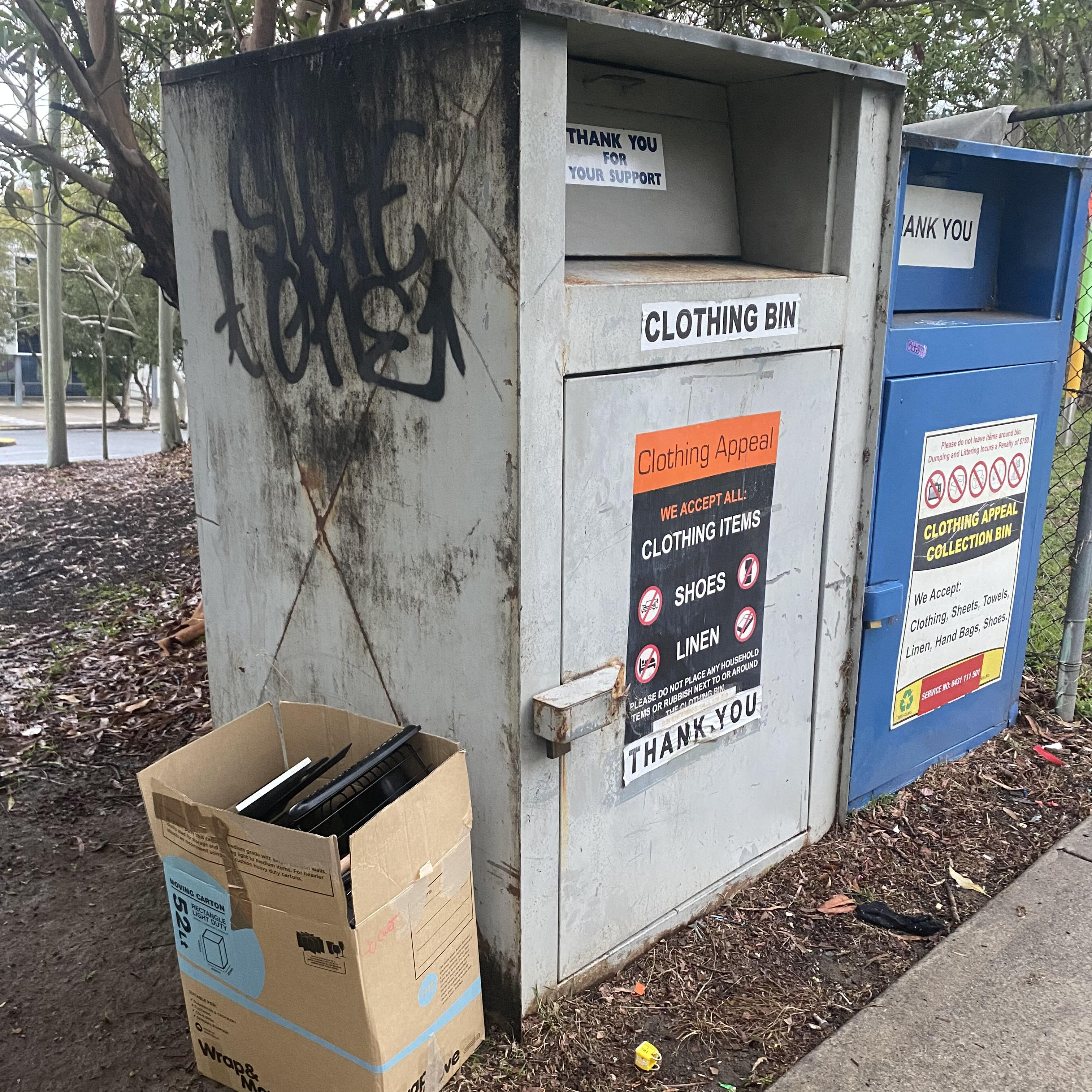
It’s worse still for clothes thrown into bins run by companies like King Cotton and SCR group. Here is some information about the clothing collected by these two groups:
- SCR group – the Sydney Morning Herald notes that 65% of their clothing donations are sold to Malaysia for international redistribution
- King Cotton – they note 95% of collections are sent overseas
There is money to be made by selling used clothing overseas, which is why there are also clothing collection companies that appear to be collecting clothing for those in need or for recycling, but in fact, collecting items to sell to overseas wholesale markets. That includes companies like Australia Clothing Recyclers and Clothing Clean Up.
So I would use the clothing bins for clothes that are in very good condition and will sell well in Australia – anything that doesn’t meet that standard is better off being recycled, through one of the textile collection services listed earlier.
Future of Clothing Recycling in Australia
While there have been countries that have been recycling textiles for years, this is a fairly new industry for Australia.
There are so many factors at play here that make it a complicated process – the crazy quantity of clothes that need to be recycled, the various materials that go into making clothes (most of which are difficult to separate and recycle) and the fact that Australia’s onshore textile recycling facilities have not been sufficiently developed to meet supply.
The national government has committed to addressing this challenge by funding the National Clothing Product Stewardship Scheme. It has provided $1 million for the Australian Fashion Council (AFC) plus members from Charitable Recycling Australia, Queensland University of Technology, Sustainable Resource Use and WRAP, to work together to provide a roadmap to 2030 for clothing circularity in Australia.
The project is meant to deliver its results in March 2023. So I guess we will know soon what the road to clothing circularity means for those in the industry.
Circularity in Australia will require many solutions and I imagine recycling is going to play a big part. When that happens, a lot of the intermediary sorting facilities and organisations mentioned above will likely expand their operations and no longer send waste overseas for recycling.
Until then Upparel and Rcycl are not bad choices if you are happy to pay a small price for your clothes to be recycled. If you can avoid H&M and Zara that would be great, as there is no guarantee that the clothing sent to them will be recycled responsibly. But if stores like H&M and Zara are the most convenient and cheapest option for you, make use of their collection points because it is much better than sending the clothes into landfill. And of course, there are the other options mentioned in this blog post.
All the best with your recycling efforts. And keep at it because through these conscious choices, we can collectively work towards a more sustainable future 🌎
xxx Tahsin
After more information? You may be interested in….
What to Do With Unwanted Old Clothes – A Complete Guide – for a full list of options, based on how many items you have and what condition they are in
The BEST Places to Sell Clothing Online in Australia – a full guide that will help you choose the best place sell your clothes, covering all clothing types and situations
Where to Donate Clothing In Australia – A Full Guide – the best places to donate your fit for wear clothing, including what to do with a bulk lot of clothes
What To Do With Old Underwear and Bras – Practical Tips – if you want to know whether you can donate underwear and bras, as well as practical reuse and recycling options
Throwing Away Old Clothes – Can You and Should You Bin Them? – if you want to know what happens when clothes are thrown into landfill, charity or recycling bins
A Heads Up: This post contains affiliate links that may earn me a small commission at no additional cost to you. Also as an Amazon Associate, I earn from qualifying purchases. I only recommend products and services that will help you take steps towards a more sustainable life and will never recommend anything that does not align, in some way, with these values.

